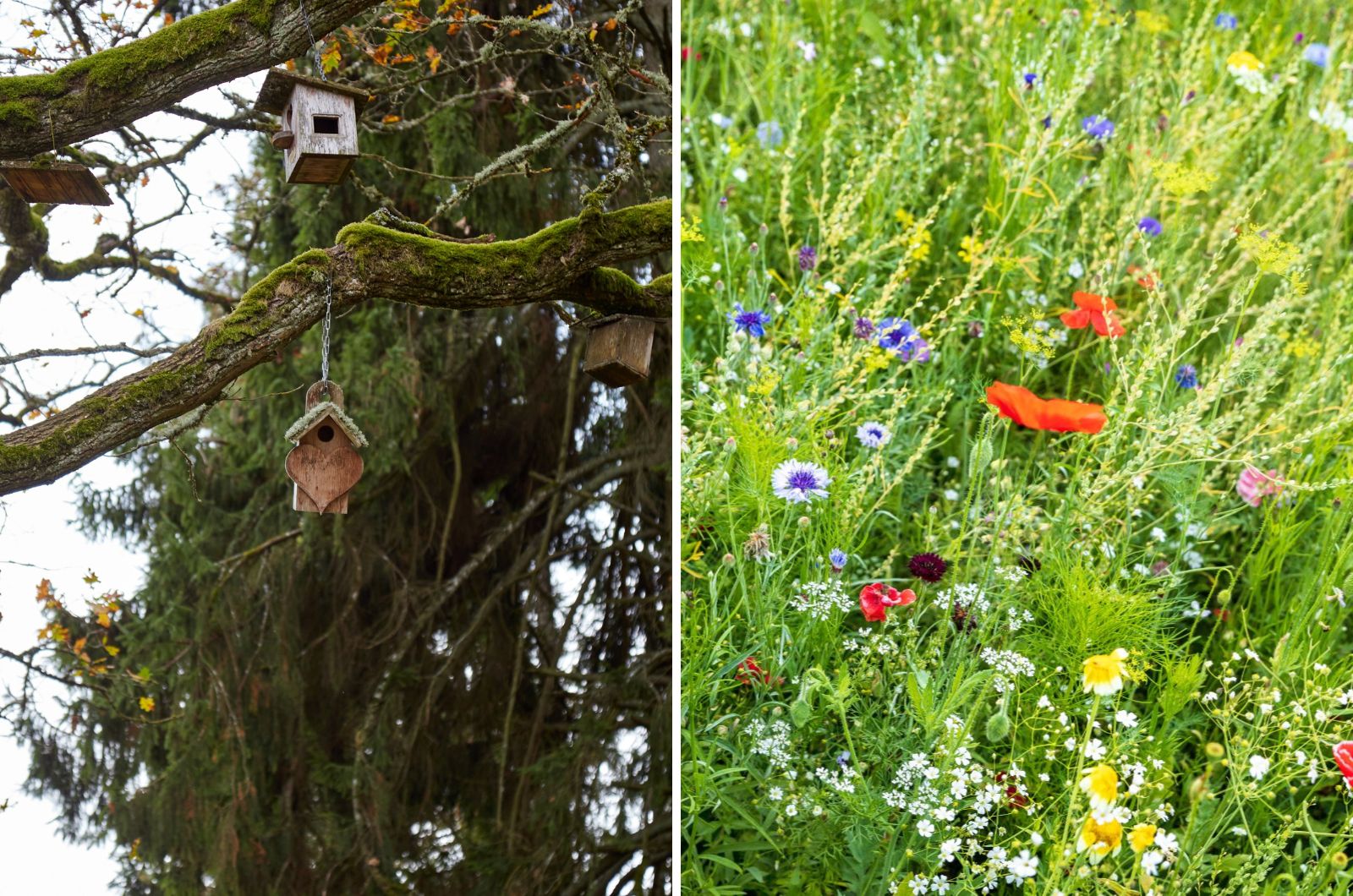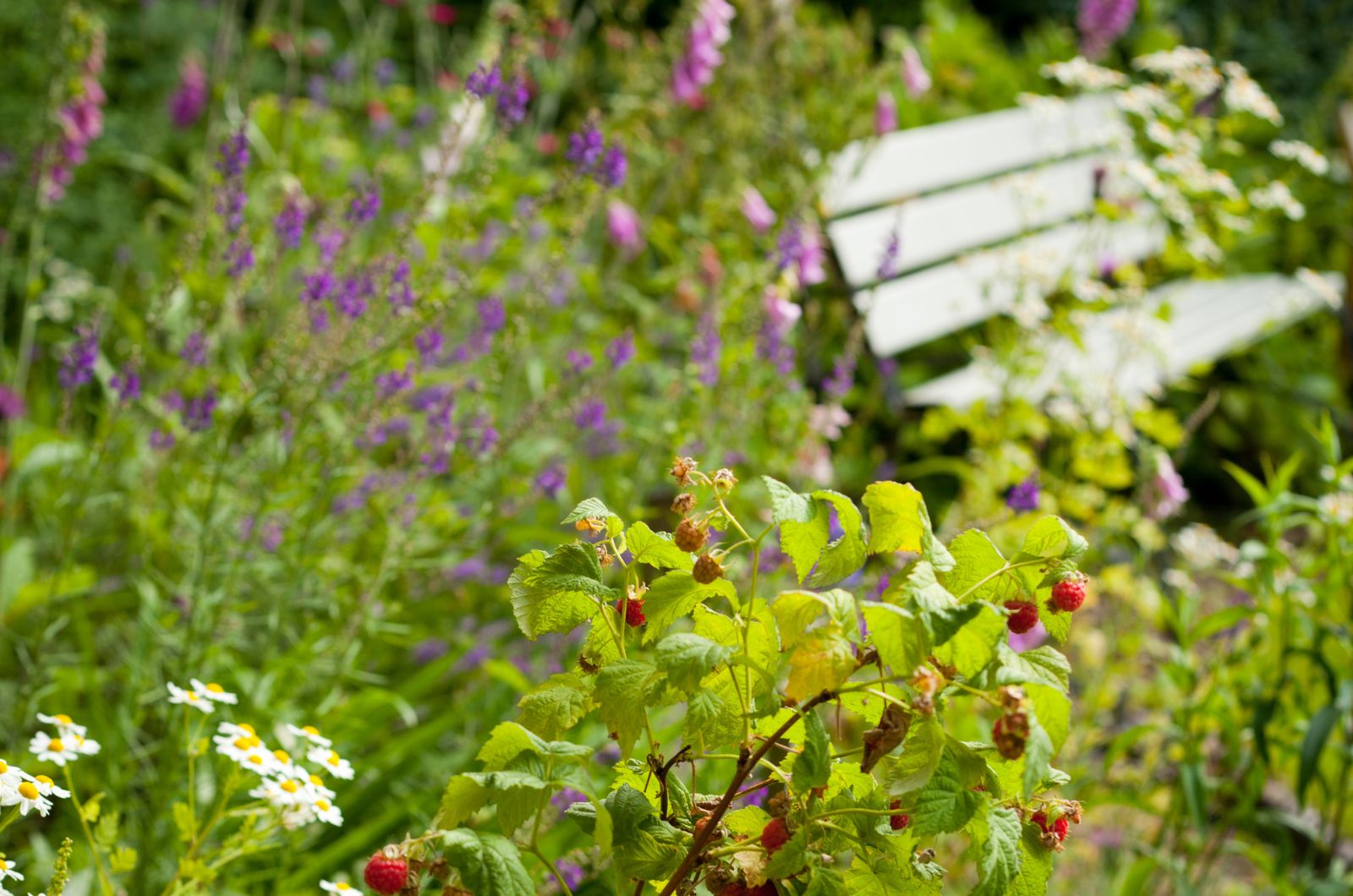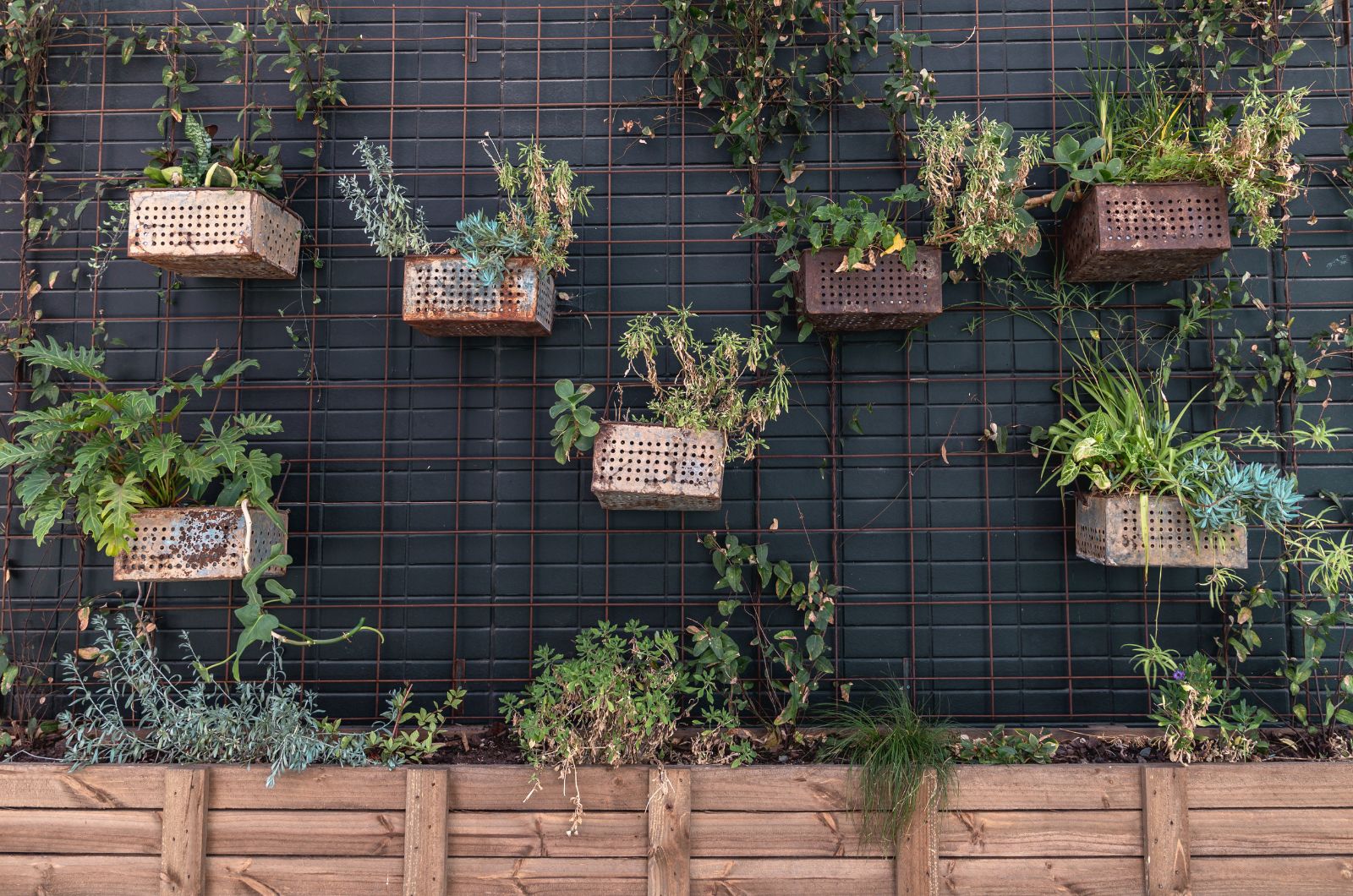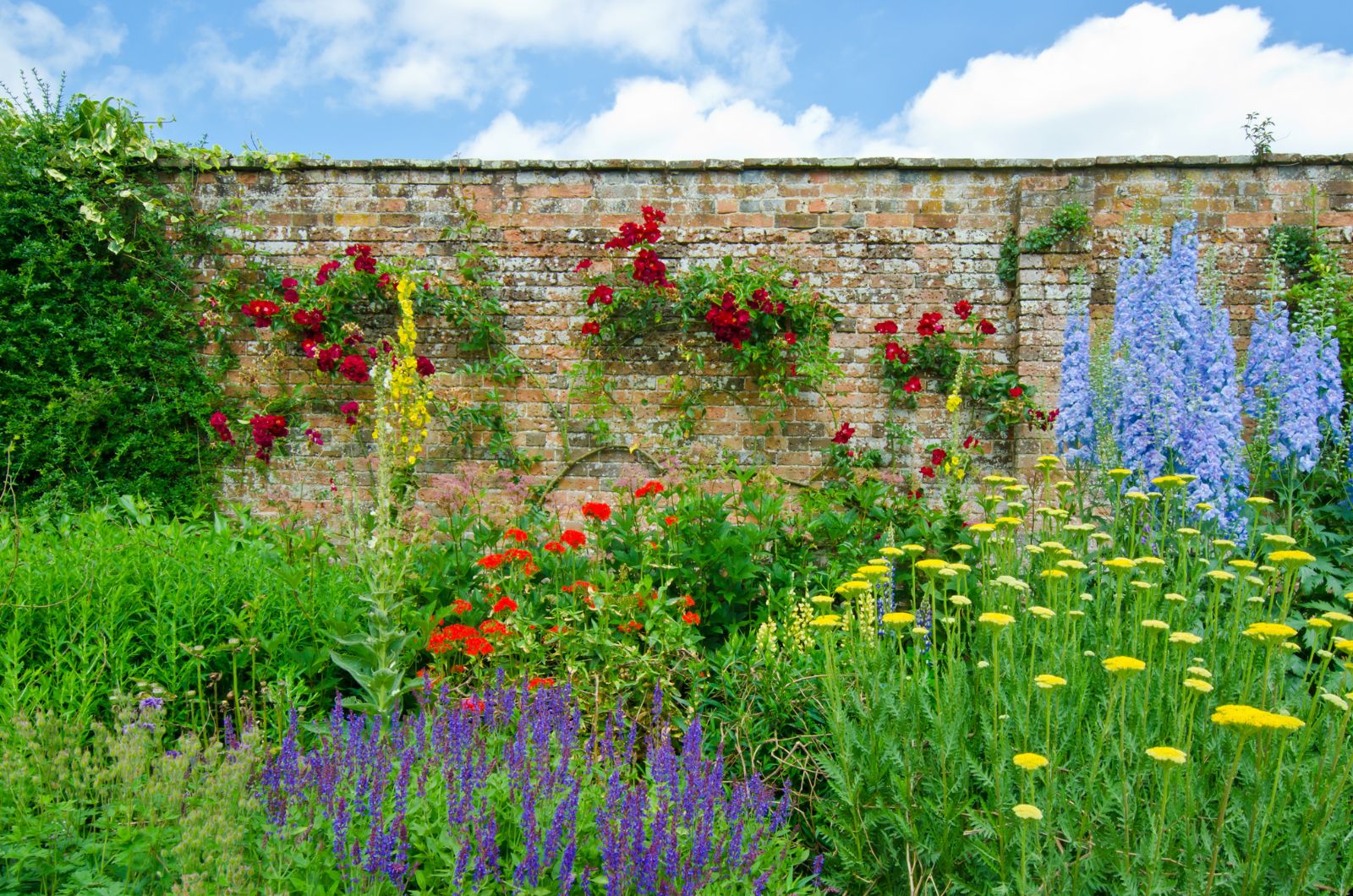Green and lush lawns and beds filled with splendid blossoming plants are every gardener’s dream. But with the rise of urbanization, wildlife habitats are significantly changing.
Our duty is to help nature restore its balance and one of the things you can do as a gardener is create a wildlife-friendly garden.
Butterflies, hummingbirds, bees, and songbirds may see your garden as a sanctuary and that’s one of the most fulfilling things a garden owner can have.
Don’t worry, this isn’t as hard as it seems. I’ll show you 5 brilliant tips for turning your garden into a wildlife habitat and tell you more about the benefits of this method.
Let’s get started!
Why Create A Wildlife-friendly Garden?
This method isn’t beneficial only to cute bees, birds, and other wildlife. Here’s how it can help you on your gardening journey.
Your Garden Will Be Easier To Maintain
When starting this type of garden, you’ll need to go with plants that are already adjusted to the conditions in your region.
This basically means you’ll need to water less and, in many cases, there will be no need to water at all. I’m sure you already know that this activity takes a lot of time and sparing water should be one of our main goals.
And you know what’s even better than a native plant? A native perennial plant. If you choose some self-seeding plants, you’ll save time, money, and effort you would otherwise spend on replanting.
Less Gardening Chores
Mowing and de-weeding are time-consuming gardening activities and everyone would prefer to spend their summer enjoying a cold beverage on their porch.
In a wildlife garden, there’s no need to arrange everything perfectly. Insects will gladly pay a visit if you don’t remove taller grass. You also don’t need to remove every single weed in your garden; keep things as natural as possible.
More Fun
You know what I especially like about this type of garden? Honeybees and monarch butterflies aren’t generally frequent visitors to gardens, but if you choose the appropriate plants, these wonderful creatures will surely stop by.
Rabbits and squirrels may be pretty mischievous but it’s not a bad thing to see them once in a while jumping around.
Who knows, maybe you’ll see some rare bird admiring your creation!
Captivating Garden Display
Another great thing about this type of garden is that you can still have a captivating display of colors and textures.
The key is to select native varieties that will fit into the design you have in mind. Luckily, there are many species to choose from with different foliage or flower colors, shapes, and growth habits.
Requirements
Plants are a fundamental part of a wildlife garden, but there are more things to consider. You’ll need to provide wildlife with food and water and ensure a safe space. Let’s see more!
Food
The general rule is to ensure at least three food sources in this type of garden.
Don’t worry, there’s no need to grow fruits and vegetables; bees and butterflies will feed on nectar and pollen from blossoms whereas birds will eat insects or birdseed.
If you would like to see more rabbits or other larger animals, growing clover is the best way to attract them.
Water
Another thing wildlife can’t live without is water, so it’s essential to ensure a water source. Of course, bird baths are the most common water source but if you want to attract small animals, consider adding something smaller.
For instance, you can install a puddling station, which is basically a small terracotta saucer filled with gravel, a couple of rocks, and water. Butterflies and bees enjoy drinking water from these small dollops of water!
Shelter
Predators and bad weather can harm small animals, which is why it’s important to ensure a safe place. This especially refers to those animals that are expecting babies.
Shrubs, tall trees, or nesting boxes serve as excellent shelters for animals. You can also add host plants for caterpillars, for instance.
Sustainability
This is a hot topic nowadays and, in my humble opinion, we should all strive to aid sustainability wherever possible.
What does this mean regarding wildlife-friendly gardens? Chemical pesticides or store-bought fertilizers should not be used in this type of garden at all.
Gardening practices, such as composting, homemade fertilizer, or rainwater harvesting, should be our main goals.
Tips For Making A Wildlife-Friendly Garden
Now that you know more about this type of garden and its benefits, it’s time to see what to add to your to-do list before you start.
1. Choose Native Plants
I’ve mentioned the benefits of native plants regarding garden maintenance. These plants also won’t harm the soil the way non-native plants would.
Remember that wildlife is already used to these plants and knows which ones to stay away from.
So, choose Iowa natives if you live in this state, and so on. The list of native species is pretty long and I’m sure you won’t have issues choosing the perfect one(s) for yourself.
2. Use Even The Smallest Spaces
Gardening enthusiasts with small spaces, such as balconies or tiny yards can create a perfect wildlife habitat.
The only thing you need to do is combine vertical garden design with the container gardening method.
You can grow flowering plants, small shrubs, or veggies in containers to get the most out of this method.
Grow your plants in window boxes and attach them to the vertical structure of your choice. Add small containers filled with water around your tiny garden to provide wildlife with water.
3. Choose Versatile Plants
Some people are great at multitasking and, believe it or not, some plants behave the same. For instance, some native flowering plant species can serve as host plants to butterfly larvae and at the same time provide nectar.
The foliage of these plants is an excellent food source for caterpillars, and caterpillars are food for birds; bees and pollinators will also feed on nectar and pollen.
The best example is the milkweed plant, which provides food for monarch caterpillars and adult butterflies. So, make sure to save the seeds for the next season!
4. Pay Attention To Planting Locations
Choosing a perfect spot for a specific plant species should be based on the plant’s basic requirements, such as soil and light exposure.
Companion planting can help you provide a shelter and food source for wildlife. For example, you can grow a goldenrod plant near some native grass species to ensure a safe spot for pollinators.
Consider the three sisters companion planting method to aid sustainability and get the most out of this method.
5. One Step At A Time
There’s no need to rush and try to create this type of garden all at once. Plan ahead and first try the method in a specific part of your garden and if it suits you, you can expand it.
This way, you’ll learn which species thrive best and which conditions you should adjust if needed.
Nature takes care of everything so creating a wildlife-friendly garden is the least we can do. Follow our guidelines and have a thriving garden where bees, butterflies, and other beneficial insects can find their well-needed sanctuary!





